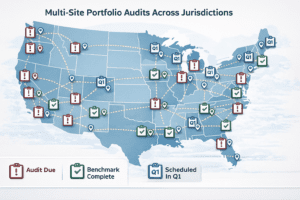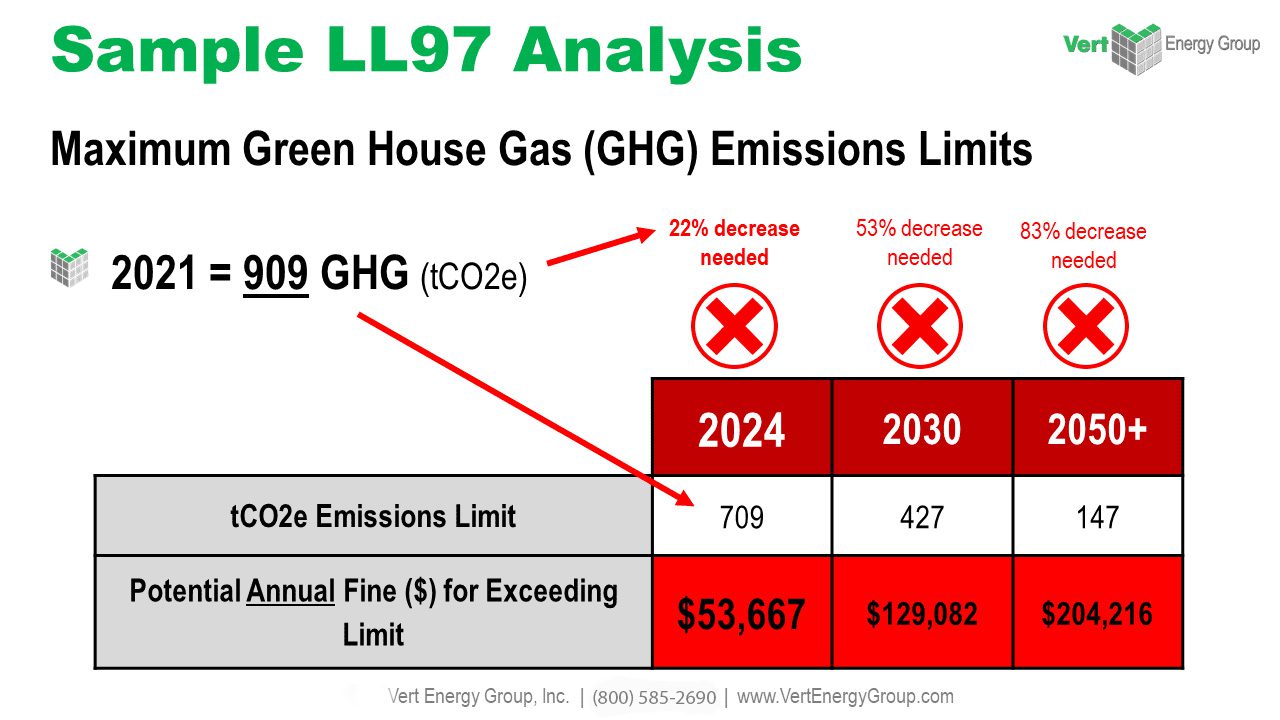In the world of construction, precision is paramount. Accurate cost estimates can make or break a project, impacting budgets, timelines, and ultimately, the success of the endeavor. Inaccurate estimates can lead to cost overruns, delays, and client dissatisfaction. To ensure that construction projects stay on track and within budget, it’s crucial to adopt data-driven estimating practices. In this blog, we’ll explore how leveraging project data can significantly enhance construction cost estimates.
The Significance of Accurate Construction Cost Estimates
Before delving into data-driven estimating, let’s first understand why accurate construction cost estimates are so vital.
Impact on Project Success: Precise cost estimates are fundamental to the success of any construction project. They provide the basis for budgeting, planning, and resource allocation. When estimates are inaccurate, projects are at risk of financial mismanagement and can even fail to meet their objectives.
Consequences of Inaccurate Estimates: The consequences of inaccurate estimates can be severe. They often result in cost overruns, delayed schedules, and strained client-contractor relationships. Accurate estimates not only save money but also help in building trust and credibility.
The Need for Data-Driven Estimating: In today’s data-rich world, relying on guesswork is no longer acceptable. Data-driven estimating takes advantage of historical data, industry benchmarks, and site-specific information to provide precise and reliable cost estimates.
Gathering and Organizing Project Data

The foundation of data-driven estimating is, unsurprisingly, data. The types of data required for construction cost estimates include historical cost data, materials and labor costs, site-specific information, and industry benchmarks.
Historical Cost Data: This historical data includes records of past projects, detailing costs, materials used, labor hours, and more. It serves as a valuable reference point for estimating future projects.
Materials and Labor Costs: Understanding the current costs of materials and labor is essential. This data helps in keeping estimates up to date with market fluctuations.
Site-Specific Information: Information about the project site, including its location, environmental factors, and access, is crucial for accurate estimates. The site’s unique characteristics can significantly impact costs.
Industry Benchmarks: Industry benchmarks provide a broader perspective on what is considered standard in terms of costs and practices within the construction industry.
To gather and verify this data, construction professionals use various methods. On-site assessments and inspections are often necessary to understand the specific conditions of a project. Research and utilization of relevant databases can provide data on market trends, while expert consultations and industry insights can help in interpreting and applying the data effectively.
To maintain the accuracy and reliability of the data, it is important to establish robust processes for data collection and verification.
Leveraging Technology for Data Collection
Technology has revolutionized data collection in the construction industry, streamlining the process and reducing the likelihood of errors. Several key technologies have made a significant impact:
Building Information Modeling (BIM): BIM technology enables construction professionals to create detailed 3D models of a project. These models can be used to estimate costs more accurately and identify potential issues before construction begins.
Construction Management Software: Specialized software solutions are available to assist with project management and estimating. These tools facilitate data organization, cost calculations, and project tracking.
Drones and Sensors: Drones and sensor technology are increasingly used to collect data about construction sites. They can capture images, measurements, and other valuable information to inform cost estimates.
Successful examples of technology adoption can be found in the construction industry. Companies that have embraced technology-driven data collection have experienced increased efficiency and accuracy in their estimating processes.
**Data Analysis and Estimation**
Data analysis is a critical step in the process of creating precise cost estimates. By examining historical data and considering various cost drivers, it’s possible to develop a comprehensive estimate. Common methods include:
Identifying Cost Drivers: Recognizing the factors that influence costs is essential. These can include project size, complexity, location, and market conditions. Data analysis helps identify and quantify these drivers.
Parametric Estimating: Parametric estimating involves using historical data and mathematical models to estimate costs. It’s particularly useful for projects that have similarities to past endeavors.
Three-Point Estimation: This method involves providing three estimates: an optimistic estimate, a pessimistic estimate, and a most likely estimate. By considering the range of possibilities, a more accurate cost estimate can be reached.
Data analytics and predictive modeling are also essential in the estimation process. These techniques allow for more advanced analysis of the data, taking into account various variables to refine cost predictions.
Best Practices for Data-Driven Estimation

For those looking to embrace data-driven estimating, some best practices can be beneficial:
- Data Quality: Ensure the data collected is of the highest quality. Errors or inaccuracies in the data can lead to inaccurate estimates.
- Regular Updates: Keep data up to date. Market conditions and costs change over time, so it’s crucial to ensure your data is current.
- Cross-Check Data: Always cross-check data from multiple sources for verification.
- Feedback Loop: Create a feedback loop for continuous improvement. After a project is completed, analyze the actual costs versus the estimated costs to identify areas for improvement.
Overcoming Common Challenges
While data-driven estimating offers many advantages, there are common challenges that must be addressed:
Data Quality Issues: Data may contain errors, inconsistencies, or gaps. Regular data quality checks are essential to mitigate these issues.
Data Integration Problems: Integrating data from various sources can be complex. Standardizing data formats and establishing a central data repository can help overcome this challenge.
Complex or Unique Projects: Some projects may be highly unique or complex, making it challenging to find relevant historical data. In such cases, relying on expert judgment and utilizing available data is key.
To illustrate the effectiveness of data-driven estimating and how these challenges can be overcome, let’s examine some real-world examples and case studies.
Conclusion
In conclusion, data-driven estimating is transforming the construction industry by providing a more accurate and reliable way to estimate project costs. With the right data, technology, and analytical techniques, construction professionals can significantly enhance the precision of their cost estimates.
By understanding the significance of accurate estimates, the types of data required, the role of technology, and best practices, the construction industry can continue to evolve and improve its estimating processes. Whether it’s a small residential project or a large-scale commercial development, data-driven estimating is a vital tool for achieving success in the construction world.
So, as you embark on your next construction project, remember the power of data. It’s not just numbers; it’s the key to cost-effective, on-time, and successful construction projects.
Unlock the full potential of your contracting business with VertPro.com, your key to enhanced lead generation. At VertPro.com, we specialize in empowering Contractors like you with a range of cutting-edge solutions and exclusive access to our state-of-the-art Construction Marketplace. As industry trailblazers, we’re dedicated to providing innovative SaaS technology-based tools that help you stay ahead of the curve.
With our expertise in Commercial Energy Audits, Energy Benchmarking and Energy Audits/RCx Plus, we ensure your clients’ compliance with more than 50 Energy Benchmarking and Energy Efficiency Laws. Now is the perfect moment to seize this opportunity and supercharge your lead generation efforts. Sign up for VertPro.com’s comprehensive solutions today and let us be the catalyst for the transformation your contracting business deserves. Your journey to a more energy-efficient future starts right here!














